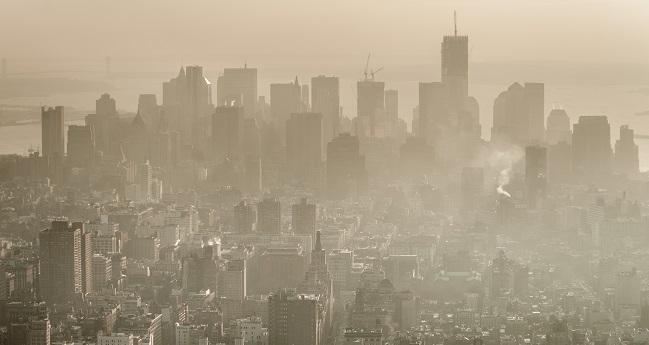Dust From World Trade Center Attacks Linked to Higher Lipid Levels in Children
Study author says the data have implications for more general exposure risks, including chemicals found in day-to-day life.

Adding to the breadth of knowledge that air pollutants can cause cardiovascular disease, a new study of children and adolescents who were exposed to chemical dust in the wake of the September 11, 2001, terrorist attacks in New York shows links between specific contaminants and higher lipid levels as well as reduced insulin resistance.
Other studies have explored potential associations between urban pollution and cardiovascular disease, with consequences including high blood pressure, stroke, and cardiovascular death. However, understanding of the mechanisms that cause adverse events as well as substantial outcomes data are still lacking.
Broadly, the results of this study, published online September 7, 2017, ahead of print in Environment International, speak “to the reality that chemicals like this are increasingly understood to contribute to cardiovascular risks,” lead study author Leonardo Trasande, MD, MPP (NYU School of Medicine, New York, NY), told TCTMD. Some of the same chemicals released in the World Trade Center disaster, including perfluoroalkyl substances (PFASs), “are used in a broad array of manufacturing and there are ways to reduce exposure” like eliminating the use of certain nonstick cookware, he added.
Trasande and colleagues analyzed PFAS exposure as manifested in serum samples from 123 enrollees in the World Trade Center Health Registry and from 185 matched comparisons. All study participants were 8 years or younger at the time of the attacks, and the those in the study arm lived or went to school in New York City.
On multivariable analysis, exposure to perfluorooctanoic acid (PFOA) was tied to increased triglycerides, total cholesterol, LDL-cholesterol, and brachial artery distensibility. High levels of perfluorohexanesulfonic acid were also associated with decreased insulin resistance and increased brachial artery distensibility.
“This study supports further follow-up of the primary study populations insofar as increases of cholesterol and LDL are early warning signs of potential later cardiovascular risks in youth who were exposed,” Trasande said. While is it “reassuring” that they have not observed any direct physiologic changes in this patient population, they should still be monitored going forward, he added.
Given the small size of the study, there is “some modesty of what one can interpret,” Trasande said. “But it’s fair to say that these populations are important because they have the ability to examine the implications of exposure that's highly variable.”
Yael L. Maxwell is Senior Medical Journalist for TCTMD and Section Editor of TCTMD's Fellows Forum. She served as the inaugural…
Read Full BioSources
Koshy TT, Attina TM, Ghassabian A, et al. Serum perfluoroalkyl substances and cardiometabolic consequences in adolescents exposed to the World Trade Center disaster and a matched comparison group. Environment International. 2017;Epub ahead of print.
Disclosures
- This study was supported by the Centers for Disease Control and Prevention/National Institute of Occupational Safety and Health.
- Trasande reports no relevant conflicts of interest.


Comments